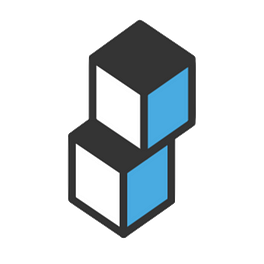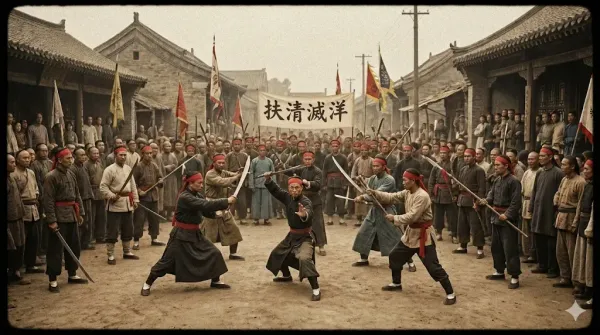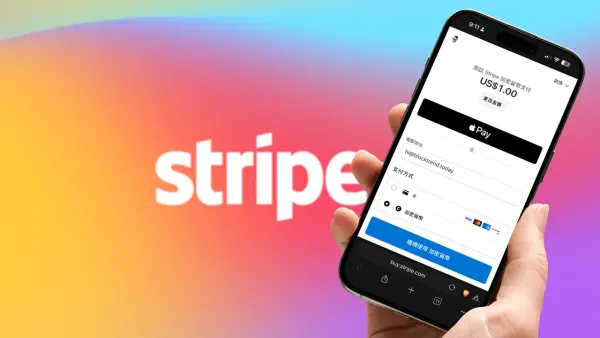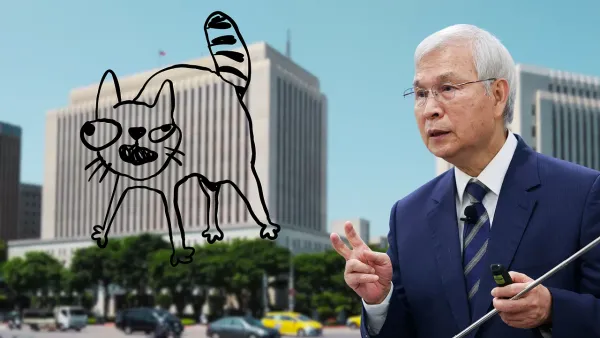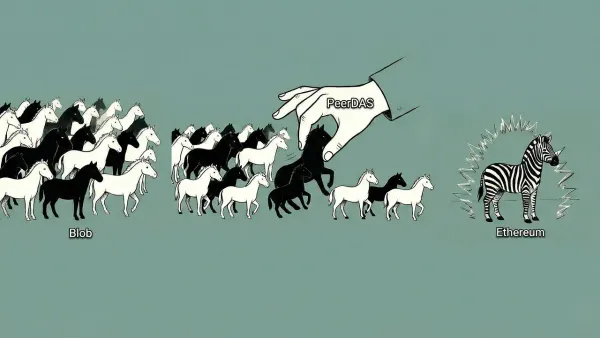Three Things I Messed Up

GM,
After the long weekend, the global economy is in a state of turmoil. Stock prices and crypto prices have been dropping for several consecutive days, and I’m sure no one’s in the mood for serious topics now. Even the sign-ups for our member meetup have taken a hit.
It reminded me of an event I participated in a few years ago called Fuckup Nights. Each speaker had to share a personal story of failure — and oddly enough, the whole experience was incredibly therapeutic. Hearing about other people’s screw-ups made me feel like, “Oh, it’s not just me after all.”
Blocktrend will be turning eight this year, having launched back in 2017. Along the way, I’ve definitely had my fair share of mess-ups. So in this article, I’d like to come clean and confess a few of the things I’ve gotten wrong.
The Harder I Worked, the Fewer Readers I Had
When I started Blocktrend, I was still serving in the military. From day one, I set a goal for myself to publish three times a week. In the beginning, with the help of Medium’s recommendation algorithm and SEO from search engines, I quickly gained a large number of subscribers. That gave me the confidence to go full-time with Blocktrend after completing my service.
Blocktrend officially launched in early 2018 as a paid subscription publication, and I successfully attracted the first batch of members. However, that was also the year the crypto market crashed. ICO projects began collapsing one after another. In hindsight, it was obviously a bear market — but back then, I had no concept of bull and bear cycles. All I saw was a steady decline in open rates and a growing number of cancellations. I became anxious and felt like I had to do something to fix it.
My solution? If three articles a week weren’t enough, then why not five? For a while, Blocktrend was publishing five new pieces every week — not just articles and podcasts, but also a weekly “review roundup.” I thought this content overload would be seen as great value. Instead, open rates dropped even faster, subscriptions didn’t budge, and the only thing that increased was my workload. The more I wrote, the more I started questioning everything.
Eventually, after conducting a few reader interviews, I realized the opposite was true: content becomes more valuable when it’s more focused. Writing more actually diluted the value. Some people hadn’t even actively unsubscribed — their credit cards had expired or been lost, and they simply didn’t notice their subscriptions had stopped.
That’s when I decided to stop “killing myself” and scaled back from five articles a week to three. Otherwise, Blocktrend might not have lasted much longer. I learned two important lessons from that experience:
- Less is more when it comes to writing.
- Reminding people to check their credit card status is more important than writing another article 😂
The next mess-up? Blocktrend’s centralized NFT experiment using OurSong.
NFTs That Died With the Platform
Three years ago, NFTs were just starting to gain popularity, but the infrastructure hadn’t caught up yet. OpenSea, an on-chain marketplace, already existed at the time, but Ethereum gas fees were prohibitively expensive. Unless it was a speculative investment NFT that could make money, no one was going to spend thousands of NT dollars just on gas fees.
OurSong was the savior back then. It was a centralized exchange. Even though people were buying and selling NFTs, all transactions happened within the platform, completely bypassing the gas fee issue. I saw the potential in OurSong’s low operating costs and decided to release article NFTs there for readers to purchase and collect — someday they could even display them like artworks in their homes in the metaverse.
Looking back now, it sounds a little absurd. But at the time, any NFT issued by a popular creator would spark a wave of purchases. OurSong was easy to use — no wallet required, just register and you were good to go. That early hype gave me confidence that this might be the future of the creator economy. Who could’ve predicted that the metaverse hype would plummet soon after, dragging NFTs into an existential crisis?
I had promised a lifetime guarantee for each article NFT, thinking that since OurSong had solid backing, it could easily survive until blockchain infrastructure improved and gas fees dropped. But the NFT frenzy cooled rapidly, prices dropped to zero, and holders felt like they’d been taken for a ride. Worse yet, OurSong announced its shutdown at the end of 2024 1. If collectors didn’t manually withdraw their NFTs from the “exchange,” there was nothing I could do.
In hindsight, emphasizing collectibility over speculation was actually the right move. The mistake was relying on a centralized platform like OurSong to preserve the long-term value of those NFTs — without pushing users to transfer them to their own wallets. In the end, the NFTs were buried along with the platform. Each article NFT only cost $8 USD, so calling it a rug pull might sound like a joke — but the fact that even the collectible value was lost is what weighs heaviest on me. If there’s another NFT bull run in the future, I won’t be using centralized platforms again.
The final screw-up? That would be the now-discontinued Week in PGF.
Week in PGF
Back in 2023, during a Blocktrend member meetup, I announced a long-term goal: to gradually dismantle the paywall and transition to a public funding model. At the time, we participated in experiments with platforms like Gitcoin, Giveth, and RetroPGF, which provided matching funds. We even redistributed a portion of the funds (in OP tokens, totaling over NT$1 million) back to our members.
But public funding mechanisms change rapidly — and with Blocktrend publishing only two articles per week, we simply couldn’t keep up. So in early 2024, I launched Week in PGF to dedicate focused coverage to this important topic. If it worked well, I hoped the newsletter itself could become a successful example of a public goods project, and also serve as a testbed for Blocktrend’s broader transition.
Unfortunately, when my co-author Frank returned to full-time work, the Weekly stopped being updated. I quietly let it go dormant and haven’t addressed it since.
Not formally announcing the hiatus was definitely a mistake. But I still believe it’s a project worth continuing. The newsletter wasn’t just an info digest — it was a personal exploration of various public funding mechanisms, sharing hands-on experience from direct participation. There’s still a major gap in the English-speaking world for content like this. Without reflective discussion around these mechanisms, applying for public funding can start to resemble “digital begging.” After all, public funding shouldn’t just be about “great if we get money, oh well if we don’t.”
As I write this, I find myself asking: “After messing up so many things, how do I still have the nerve to launch a Web3 badminton club 2?” Maybe it’s because playing badminton is something I already do regularly. It balances out the sedentary, screen-heavy work of writing, doesn’t involve a platform that could shut down, and I never have to worry about whether people care — people always care about sports. It feels like the one thing I’m least likely to mess up. Even if everything related to Web3 falls apart, I can still keep playing badminton, right?
